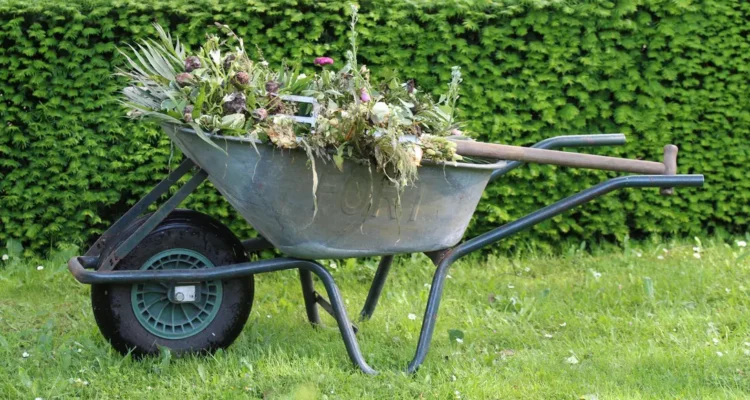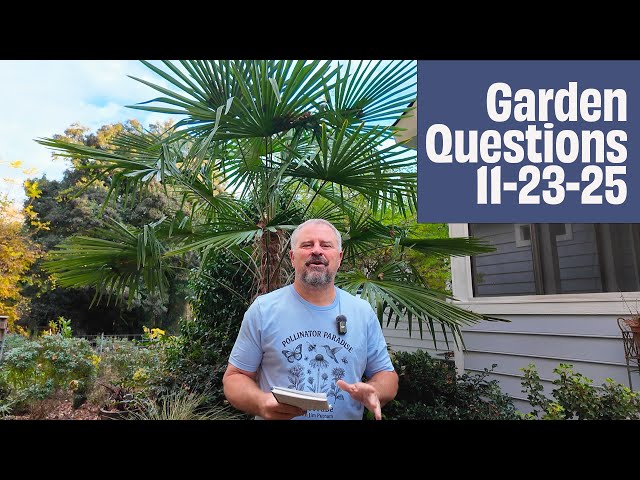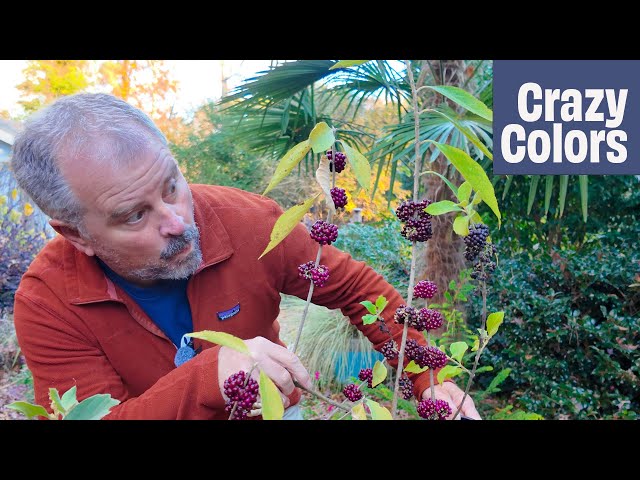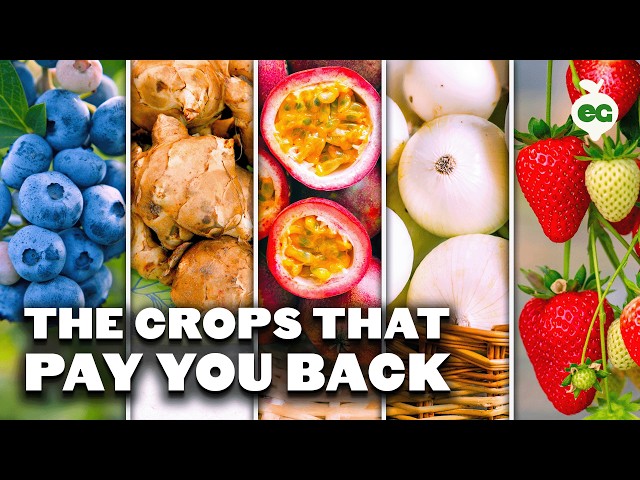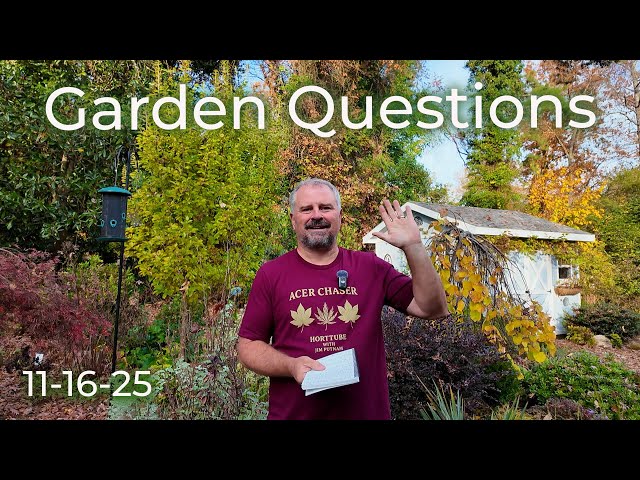Creating your own compost is one of the most rewarding and sustainable gardening practices you can undertake. Not only does it help reduce household waste, but it also improves the health and productivity of your garden. For passionate gardeners, compost is often referred to as ‘black gold’ due to its incredible ability to enrich the soil with nutrients essential for flower growth.
Understanding Compost
Compost is a natural way of recycling organic matter, turning your kitchen and garden waste into a rich soil amendment. In the composter, microorganisms break down the waste, creating a nutrient-rich substance that encourages plant growth. Aiming for the right balance between ‘green’ and ‘brown’ materials is crucial for producing high-quality compost.
Ingredients for the Perfect Compost
To make the most effective compost for your flowers, you’ll need a proper mix of materials. Here’s what you should include:
- Green materials: These are rich in nitrogen and include grass clippings, vegetable scraps, coffee grounds, and fresh leaves. Nitrogen is vital for the growth of plants and contributes to a quick decomposition process in the compost.
- Brown materials: High in carbon, these include dried leaves, straw, sawdust, and paper. Carbon provides energy for microorganisms that decompose organic matter. This balance helps prevent the compost from smelling and ensures it decomposes efficiently.
- Water: Ensure your compost pile is moist but not soggy. Water is essential as it supports the microorganisms in their breakdown activities.
- Air: Turning your compost regularly will aerate it, ensuring the microorganisms have the oxygen needed to thrive.
Setting Up Your Compost Bin
One of the first steps in creating compost is setting up a suitable container. Whether you’re using a store-bought bin or a DIY setup, ensure that the compost is accessible and allows for adequate airflow.
- Choosing a location: Place your compost bin in an area with good drainage, away from direct sunlight. This helps in maintaining consistent moisture levels.
- Building or buying a bin: Your bin can be a simple DIY arrangement using wooden pallets, wire mesh, or plastic drums. Ensure it has plenty of holes or slats for air circulation.
- Adding layers: Begin with a layer of coarse material like twigs and straw to facilitate drainage and airflow at the bottom of your bin.
Maintaining Your Compost Pile
For the composting process to be successful, maintaining your compost pile is key. Here are some tips:
- Turn regularly: Aerate your pile by turning it with a pitchfork or shovel every few weeks. This helps break down materials and speeds up the composting process.
- Maintain moisture: Compost should feel like a damp sponge. If it’s too dry, add water. If it’s too wet, incorporate more dry brown materials.
- Monitor temperature: A hot compost pile breaks down faster. Under optimal conditions, the internal temperature can reach up to 140°F. Avoid adding dairy products or meats, as they can introduce bad odors and pests.
Compost Maturity and Application
Your compost is mature when it’s dark, crumbly, and earthy-smelling with no recognizable food parts. This process can take anywhere from a few months to a year, depending on various factors such as pile size, materials used, and how often it was turned.
Once your compost is ready, it’s the perfect time to use it to enrich your garden soil. Mix it into flower beds before planting to provide nutrients and improve soil structure. You can also use it as top-dressing on existing plants to promote healthy blooms and lush foliage.
Benefits of Using Compost
Incorporating compost into your gardening approach provides a myriad of advantages:
- Nutrient-rich soil: Compost introduces essential nutrients such as nitrogen, phosphorus, and potassium into the soil.
- Improved soil structure: It helps soil retain moisture and improves porosity for better root growth.
- Sustainable practice: Composting reduces the volume of waste sent to landfills and lowers your garden maintenance costs in the long run.
- Enhances biodiversity: Healthy soil attracts beneficial organisms like earthworms which further improve soil quality.
Embarking on a journey to create your own compost not only supports your flower garden but also contributes positively to the environment. By following these DIY steps, you can develop a healthy, robust garden brimming with vibrant flowers all season long.

